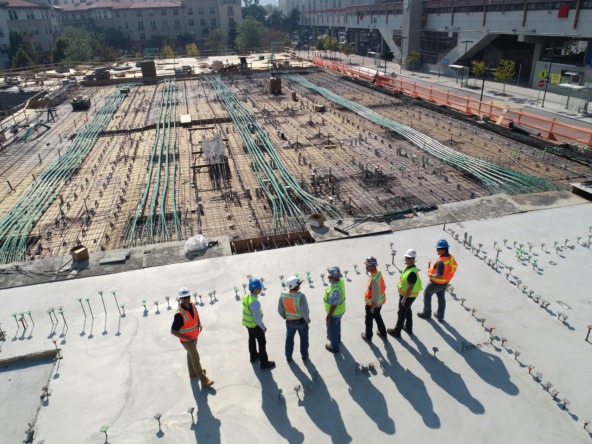The recent upward revision of the OECD’s growth forecast for Spain to 2.6% by 2025 highlights the resilience and strength of the Spanish economy in the international context. This sustained growth has direct implications for the real estate sector, presenting both opportunities and challenges that require strategic attention from investors and real estate professionals.
Impact of economic growth on the real estate sector
Historically, an increase in Gross Domestic Product (GDP) tends to correlate with increased demand for real estate. Economic growth drives job creation and improves consumer confidence, which translates into increased demand for housing, both owned and rented. In addition, businesses tend to expand, increasing the need for commercial and office space.
However, this positive scenario may also lead to upward pressure on property prices, especially in urban areas and regions with high tourist demand. The shortage of supply in central areas may exacerbate this trend, making access to housing more difficult for certain segments of the population.
Rental investment returns in different capitals
According to recent data, the gross yield of buying a buy-to-let property in Spain stood at 5.99% in February 2025. However, this percentage varies significantly depending on the location of the property. For example, eight provincial capitals offer yields above 7%, with Cordoba (7.48%), Ciudad Real (7.25%) and Avila (7.24%) standing out. In contrast, cities such as San Sebastian (3.31%), Palma de Mallorca (4.21%) and Madrid (4.34%) have the lowest yields.
Recommended strategies for investors and real estate professionals
-
Investment diversification: Consider opportunities in emerging markets within Spain, such as medium-sized cities that are experiencing economic growth but still maintain more affordable prices.
-
Affordable housing development: Participate in projects that offer affordable housing solutions, catering to the demand of young professionals and middle-income families.
-
Retrofitting and urban renewal: Investing in the transformation of underutilised spaces, such as vacant commercial premises, into modern and functional housing.In addition to being cost-effective, this practice contributes to revitalising urban areas and meeting housing demand.
-
Sustainability and energy efficiency: To develop real estate projects that incorporate green technologies and energy efficient solutions, aligning with global trends towards sustainability and responding to the expectations of an increasingly environmentally conscious market.
-
Public-private partnerships: Collaborate with government entities in initiatives that seek to increase the supply of housing, especially in segments of social interest, taking advantage of tax incentives and institutional support. An example of this is the municipality of Dos Hermanas, where public-private partnerships have enabled the construction of affordable social housing, attracting new families and boosting the local economy.
Concluding remarks
Spain’s favourable economic outlook offers fertile ground for the development of the real estate sector. However, it is essential that market players adopt a strategic and responsible vision, focusing on meeting demand in a balanced and sustainable manner. The implementation of policies that encourage the construction of affordable housing, the rehabilitation of urban spaces and the adoption of sustainable practices will be essential to ensure a harmonious growth of the housing market in the coming years.
Sources:
-
OECD (Organisation for Economic Co-operation and Development): https://www.oecd.org/economic-outlook/march-2025-overview.htm
-
RTVE – The OECD improves its forecasts for Spain in 2025: https://www.rtve.es/noticias/20250317/ocde-mejora-previsiones-economicas-espana/16494253.shtml
-
El Economista – The eight Spanish cities with profitability above 7%: https://www.eleconomista.es/vivienda-inmobiliario/noticias/13272929/03/25/
-
Idealista – Profitability by provincial capitals 2025: https://www.idealista.com/news/inmobiliario/vivienda/2025/03/20/820529





